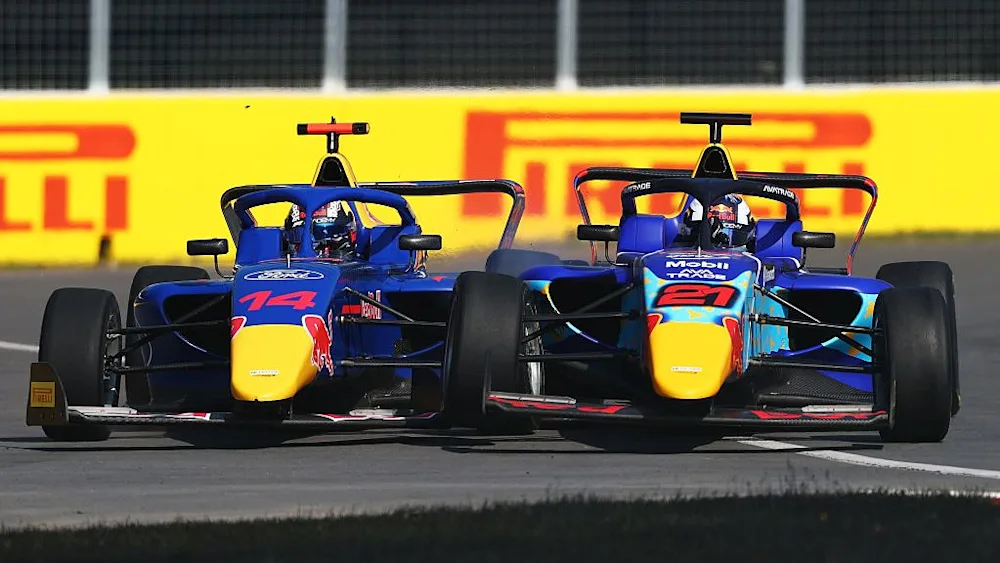The Golden Age of Innovation: How the Garagistes Changed the Face of Formula 1
- Ariba Yousuf
- Apr 21, 2023
- 4 min read
Updated: Jan 15, 2025
Written by Ariba Yousuf, Edited by Janvi Unni
In the early years of Formula 1, a group of small, independent teams emerged known as the Garagistes. These teams were often run out of small garages and workshops, and operated on much smaller budgets compared to the larger, more established teams. Despite their limited resources, the Garagistes were able to compete at the highest level of the sport by employing innovative designs and resourcefulness.
During their heyday in the 1950s and 1960s, the Garagistes played a crucial role in the development of Formula 1 by challenging the dominance of the larger teams and introducing new talent to the sport. They also pioneered new technologies and design concepts that revolutionized Formula 1 car design and continue to influence the sport to this day.

Cooper, Brabham, and Lotus were among the most successful Garagiste teams. Cooper, which was founded by Charles Cooper and his son John, was one of the first teams to use a rear-engine layout. In the 1950s, the team won two drivers' championships and two constructors' championships with drivers like Jack Brabham and Mike Hawthorn. They revolutionized Formula One design and quickly became the standard for all cars in the sport.
In the 1960s, Brabham, founded by former driver Jack Brabham, won two drivers' championships and two constructors' championships. Brabham won the championship in 1966, becoming the first driver to do so in a car he designed himself. Over the years, the team has also introduced several novel designs, such as the use of a large rear wing to improve downforce and the use of carbon-fiber materials in car construction.
Lotus, which was founded by Colin Chapman, was one of the most successful Garagiste teams. Between 1963 and 1978, the team won seven drivers' championships and six constructors' championships with drivers like Jim Clark, Graham Hill, and Jochen Rindt. Lotus was known for its innovative designs, such as the use of ground effects technology to improve aerodynamics and handling. The team also pioneered several other innovations, including the use of a monocoque chassis and the first active suspension system.
The Garagistes were known for their innovative designs, which frequently challenged the established wisdom of the larger, more established teams. For example, the larger teams initially dismissed Cooper's rear-engine layout as unstable and difficult to drive, but it proved to be a game-changer in terms of speed and handling.

Cooper was one of the first teams to use the Rear-Engine layout in Formula One cars, and it quickly became the standard for all cars in the sport. The rear-engine design improved weight distribution and handling, resulting in faster lap times.
Lotus pioneered the use of a Monocoque Chassis, which is a structure in which the car's body and frame are integrated into a single unit. This design allowed for a lighter, stronger, and stiffer car, resulting in improved handling and safety. Lotus also pioneered the use of ground effects technology, which involved creating a low-pressure zone beneath the car to generate downforce and improve aerodynamics. This breakthrough transformed Formula One car design and was responsible for some of the fastest cars in the history of the sport.
Lotus also introduced the first Active Suspension system in Formula One cars. This system used hydraulic cylinders to adjust the car's suspension in real time, allowing it to maintain a constant ride height and improve handling on uneven surfaces.
Brabham was one of the first teams to use Carbon-Fiber materials in car construction. This material was lighter and stronger than conventional materials, resulting in faster and more durable cars.
These innovations aided the Garagiste teams' success in Formula One and had a long-term impact on the sport. Many of these design concepts are still used in modern Formula 1 cars today, inspiring new innovations and advancements in the sport. In other ways, the Garagistes were crucial to the development of the sport. For example, in the 1970s, they were instrumental in establishing the Formula One Constructors' Association (FOCA), which gave the teams more negotiating power with race organizers and governing bodies.

The Garagiste teams also gave young and upcoming drivers a chance to get their start in the sport. Many of these drivers went on to become legends in Formula One, including Jack Brabham, Jim Clark, and Graham Hill. This challenged the larger, more established teams in the sport. Their inventive designs and resourcefulness compelled established teams to adapt and improve their own designs, resulting in faster and more advanced vehicles.
The Garagiste teams had smaller budgets than the larger, more established teams. This compelled them to be more resourceful and efficient with their spending, lowering the overall costs of competing in the sport. Internationalization of the sport: The Garagiste teams contributed to the sport's internationalization by bringing teams from outside of Europe to compete in Formula 1. This provided opportunities for drivers and teams from all over the world to compete in the sport, contributing to Formula 1 becoming a truly global sport.
Despite their successes, the Garagiste era ended in the 1970s when larger, better-funded teams began to dominate the sport. The legacy of the Garagistes, on the other hand, lives on, as their innovative and resourceful spirit continues to inspire new generations of Formula 1 teams and designers. Theys demonstrated that, with a little creativity and resourcefulness, even small teams can compete and succeed in Formula 1. Their legacies continue to inspire current generations of designers and engineers.












Comments